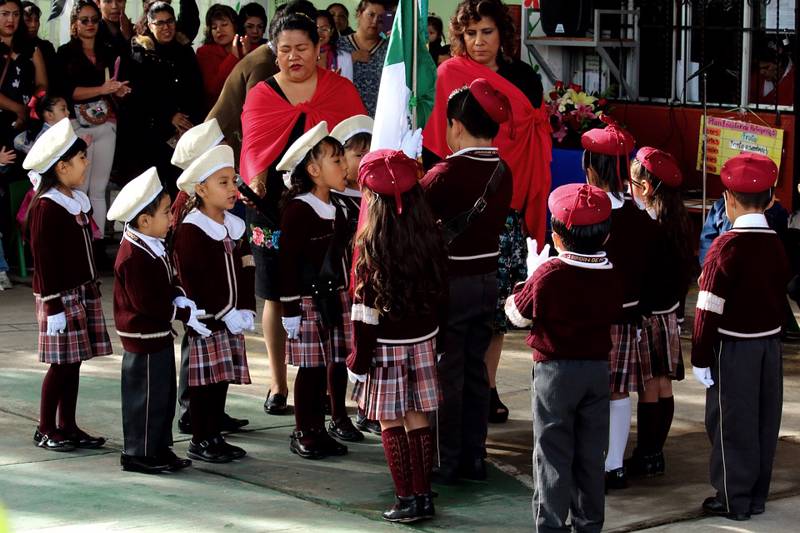Can governments reduce violent crime by increasing education, and if so, under what conditions?
These questions are of significant policy relevance since many low- and middle-income countries experience high rates of violent crime, contrasting with the long-term decline in armed conflict and common claims that we are living in the most peaceful time in history.
The 2013 Global Study on Homicide from the United Nations Office on Drugs and Crime (UNODC) shows that in 2012 almost half a million people died because of an intentional homicide, the most severe form of and the most reliable and accurate measure of violent crime within and across countries.
As such, violent crime is perhaps one of the most severe threats to the Sustainable Development Goal #16, underlining the promotion of “peaceful and inclusive societies for sustainable development”.
This project has the triple ambition of theory development, data collection, and empirical analysis. It has two key objectives:
- To analyze how different dimensions of education –most notably investment in education, school attendance, education quality, and educational inequality– affect violent crime.
- To examine the conditions that influence political actors to promote and strengthen education policies in order improve individual security.
To tackle the existing theoretical gaps and empirical challenges, this joint research project includes scholars with proven and complementary strengths in terms of thematic substance, methodological skills, and expertise on specific cases.
This project is funded under the FINNUT Programme of the Research Council of Norway.
















